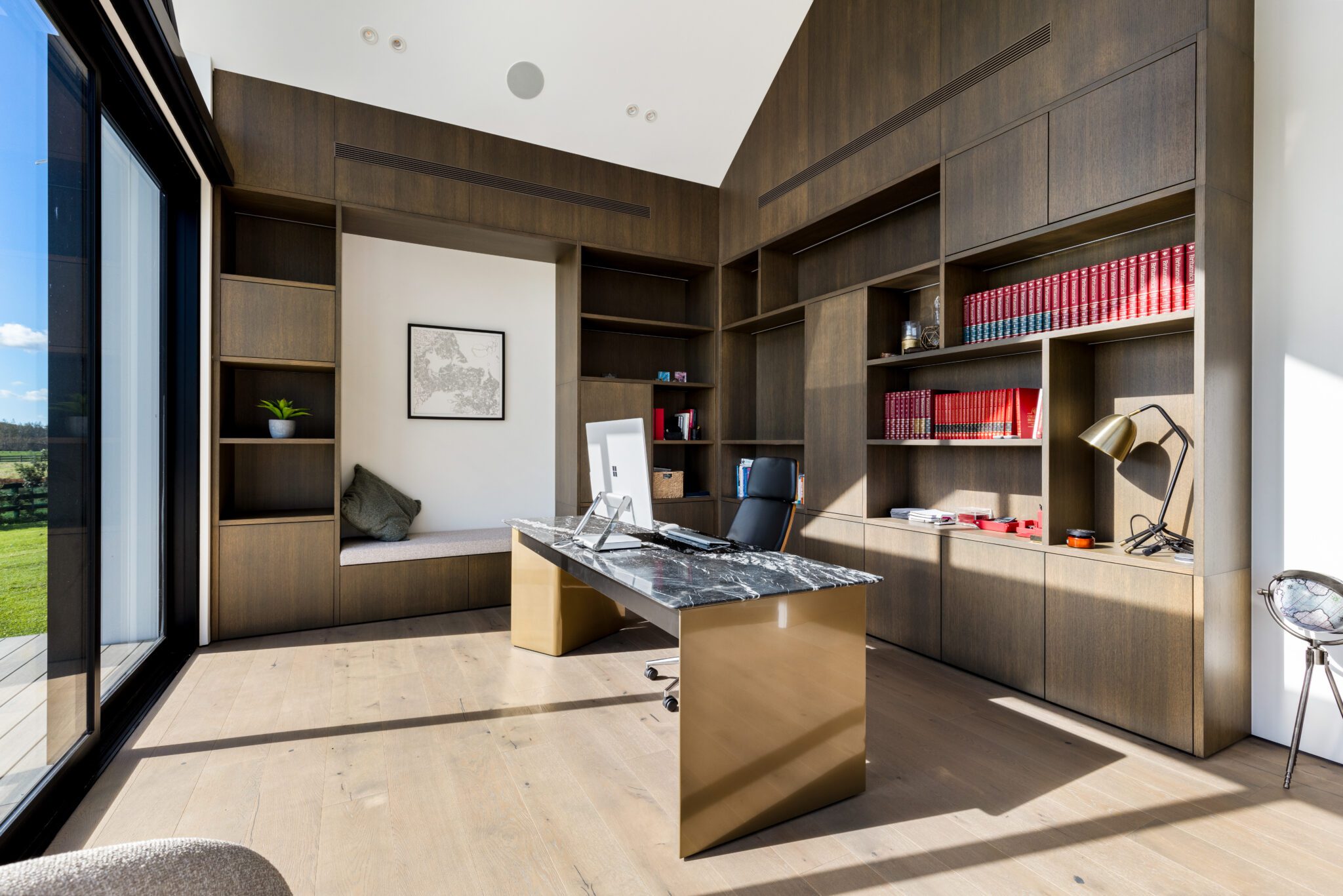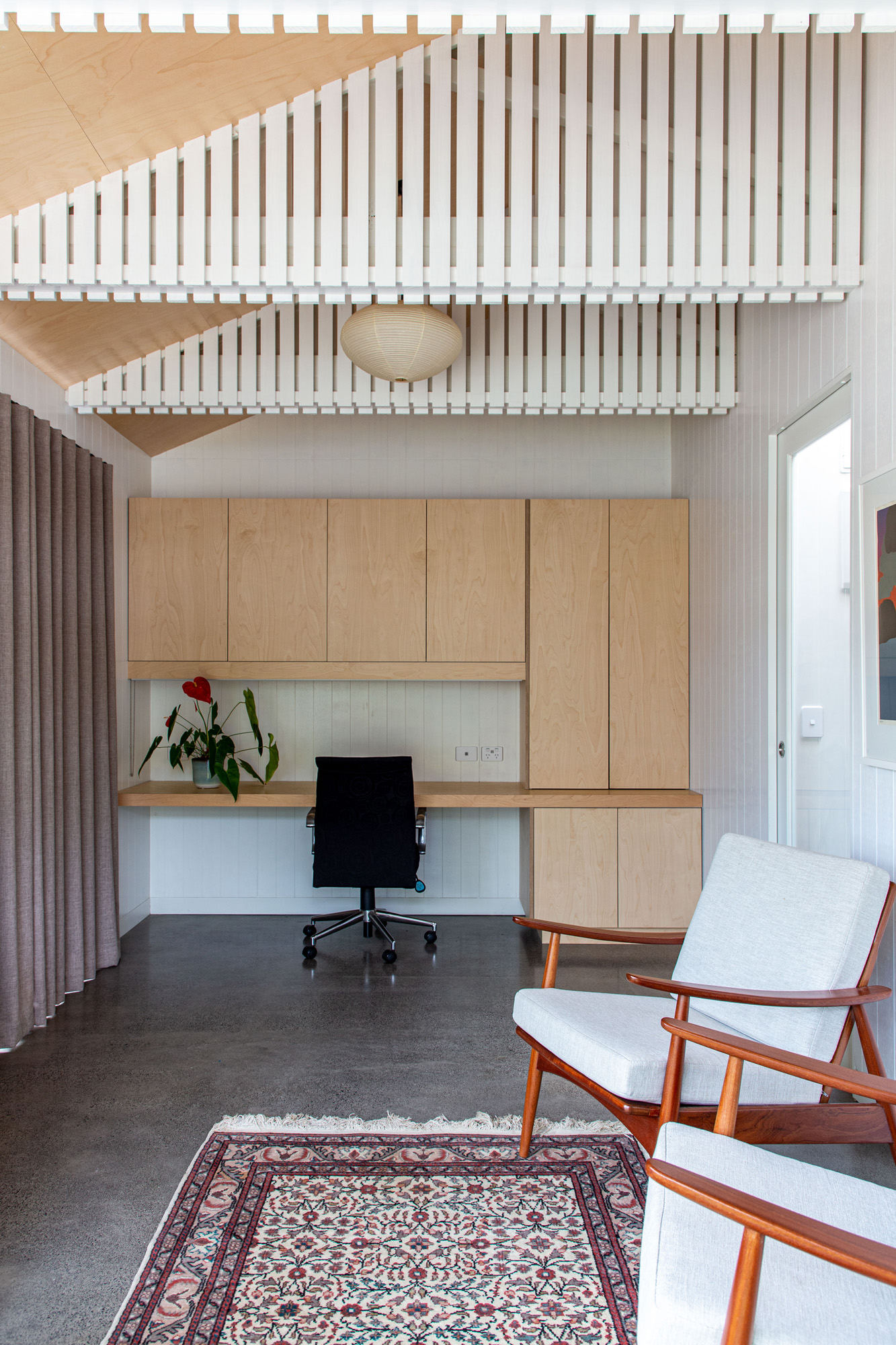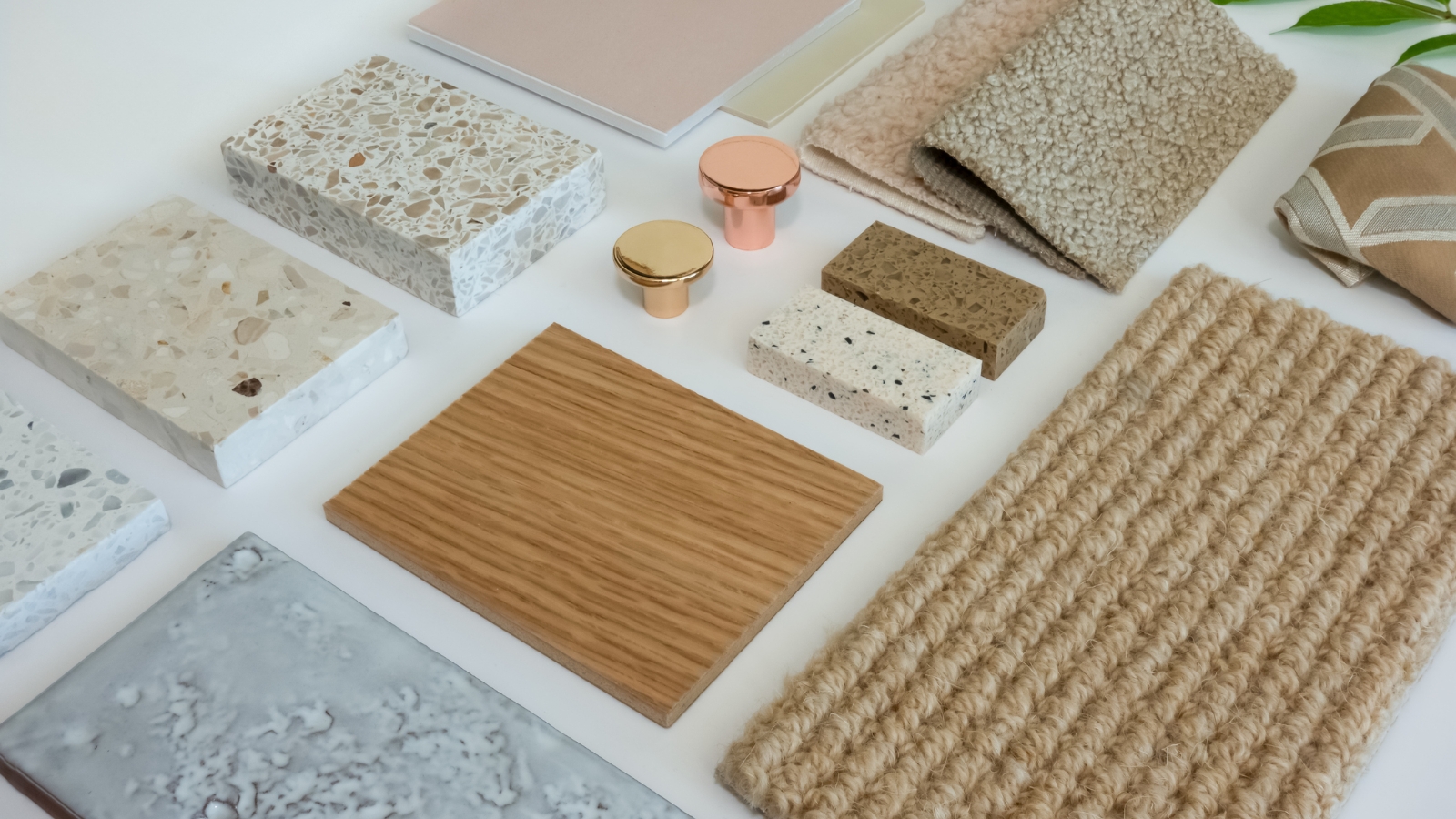Feature article
Making your home office work for you
The pandemic emphasised the need for functional home offices, making them essential for work-life balance.
25 September 2024

One of the valuable lessons learned from the COVID-19 pandemic was the importance of having a satisfactory work-life balance. An important aspect of this is having a home office that functions as well as a work office.
Global trends, as reported by Colliers International, show that as those in the ‘gen-y’ demographic become the majority workforce — as of 2025, Generation Y workers will represent 75 per cent of the workforce — the home office will become the must-have at home space, with these workers preferring flexible working arrangements.
Likewise, the number of mobile workers is also projected to keep on growing at a rate of six per cent per annum over the coming decade, building on the more than one billion mobile workers a decade ago.
What this means right now, is that a house with a well-considered home office is going to be viewed as future proofed by the very people who will be in a position to buy it in the very near future. Not that you can’t get some use out of it, too, before being consigned to the scrap heap.
So, whether you currently work from home a couple of days a week, run your own business from home, or are readying the future CEOs of the world to work from home, here are a few insights to consider for making your home office work for you.
As a lot of us discovered during the pandemic, working from home allowed us to really focus on what it meant to successfully work from home — getting the laundry done, cleaning out the refrigerator, going for walks, doodling in chalks on the driveway with the kids…
While all of these are what makes working from home an enticing prospect, ensuring your output and productively don’t nosedive over time is one of the key aspects to thoughtful home office design.
This home office, designed by Henry Lin, has all the hallmarks of a successful working space — ample storage, connection to nature and task-oriented furniture.
Therefore, it is essential to delineate your work space from your home space. The most simple way to do this, although not necessarily possible for a lot of us, is to physically separate the two spaces by setting up your home office in a space outside of your home, much like this office designed by Henry Lin of PTG Architecture, which is in a separate pool house.
Failing that, if the circumstances of your family unit allows, look at converting a spare bedroom into a home office, somewhere out of sight of the refrigerator is a good start.
Next thing to consider is the functionality of the space. Much like a traditional work office, you’ll want to ensure you have ample storage for all your work necessities, as well as a comfortable and task-oriented desk and chair.
Formerly a garage, this 36m2 home office and guest suite was the result of the homeowners needing additional space during lockdown.
If a built-in shelving unit, such as this one designed by Strachan Group Architects in an Auckland garage-turned-office space — is not an option, consider a standalone model that can also service to delineate your office space from the rest of your living area, if you have an open plan arrangement.
With the practicalities sorted, you’ll also be wanting to inject some life into your home office environment. Again, you can draw upon one of the mainstays of modern-day corporate design — biophilic design, a concept that has gained immense popularity in commercial architecture since the start of this century.
A recent study by the University of Melbourne, based on attention restoration theory and involving 150 participants, showed that looking at a green roof cityscape for 40 seconds improved concentration and boosted productivity over spending the same duration looking at a concrete roof cityscape, suggesting that even a ‘micro break’ spent contemplating nature makes us work better.
Being able to look out onto nature from your home office then, would be key to creating a successful work environment. However, if your view is somewhat limited, consider incorporating a planter, small green wall arrangement or even a pot plant or two into your office space.
With a little forethought and a judicious ‘borrowing’ of the best bits of commercial office design, you too can set up the home office of your — and your Gen Y successor’s — dreams.
Author
Other articles you might like









